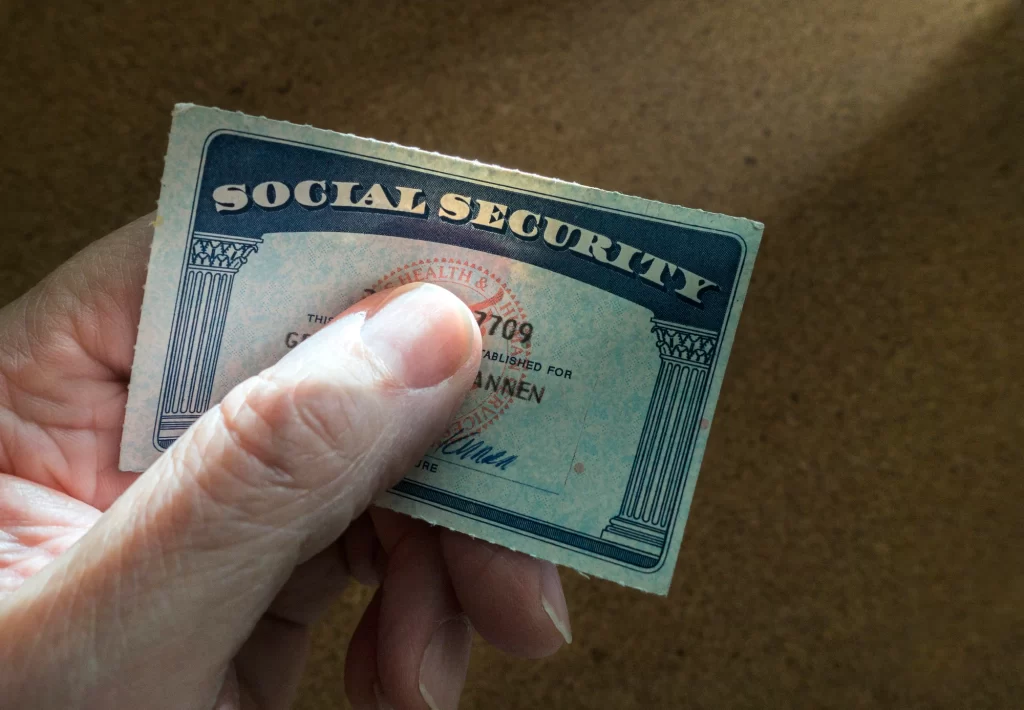The U.S. Treasury may not be able to meet America’s existing debt obligations by June 1. If the U.S. defaults, what happens to Social Security checks?
For the vast majority of Social Security beneficiaries, their monthly check is vital to their financial well-being. After 20 years of annual polling, Gallup has found that no less than 80% of retirees rely on their Social Security benefit in some capacity to meet their monthly expenses.
But with judgment day for the U.S. debt ceiling looming large, more than 66 million beneficiaries are left wondering whether their Social Security checks will be on the chopping block.
The U.S. debt ceiling looms large
The debt ceiling represents the authorized borrowing limit for the federal government. Keep in mind that this doesn’t include borrowing for new spending/projects. Rather, it’s to cover the federal government’s existing financial obligations. At no point in America’s history has the federal government defaulted on its legal financial obligations, which is why the current debt-limit impasse between Democrats and Republicans on Capitol Hill is turning heads.
The expectation prior to this past week was that lawmakers had perhaps two or three months to agree on a bill that would raise or suspend the debt ceiling in order to allow the federal government to meet its financial obligations. However, Treasury Secretary and former Federal Reserve chairperson Janet Yellen altered that view by sending a letter to Speaker of the House Kevin McCarthy (R-CA).
Yellen’s letter made it abundantly clear that debt-limit issues for the U.S. may be worse than initially feared. Said Yellen:
In my January 13 letter, I noted that it was unlikely that cash and extraordinary measures would be exhausted before early June. After reviewing recent federal tax receipts, our best estimate is that we will be unable to continue to satisfy all of the government’s obligations by early June, and potentially as early as June 1, if Congress does not raise or suspend the debt limit before that time.
In other words, if lawmakers fail to act, the U.S. Treasury may not be able to meet the country’s existing debt obligations come June 1.
The big question is: Does that include failing to pay Social Security benefits?
Will Social Security checks be stopped by June 1?
If you’re one of the more than 49 million people receiving a retired worker benefit each month, debt-ceiling discussions can be unnerving — but I have some good news.
Thanks to a law passed by Congress in 1996 (Section 1145, “Protection of Social Security and Medicare Trust Funds”), Social Security checks will keep flowing, even if the U.S. government begins defaulting on its other existing financial obligations by as early as June 1. This law allows, and effectively obligates, Secretary Yellen to circumvent the debt ceiling by disinvesting Social Security’s asset reserves to cover benefits.
Since Social Security’s inception, the program has collected more revenue than it’s paid out in benefits and other administrative expenses. This excess cash, known as Social Security’s “asset reserves,” is required by law to be invested in interest-bearing special-issue bonds and, to a lesser extent, certificates of indebtedness. As of March 31, 2023, the Old-Age and Survivors Insurance Trust (OASI) and Disability Insurance Trust (DI) combined for $2.814 trillion in asset reserves.
Based on the language of the 1996 law, Yellen has the authority to draw down on this $2.814 trillion to ensure monthly benefits are paid. With the OASI and DI combining for approximately $1.232 trillion in scheduled benefits in 2022, Social Security’s asset reserves could, in theory, sustain payouts to eligible beneficiaries for more than two years if, hypothetically speaking, (emphasis on the “hypothetically”), a debt-ceiling deal wasn’t reached.
Additional silver linings for seniors
While it doesn’t take away from the gravity of a potential debt-ceiling crisis for the U.S. government, it has to be a relief for Social Security beneficiaries to know they can count on their check arriving like normal no matter what happens. But there are additional silver linings for the seniors who count on Social Security to make ends meet.
To begin with, lawmakers are batting 1.000 when it comes to ensuring the Treasury Department can pay America’s bills. Yes, lawmakers do have a history of waiting until the 11th hour to pass legislation that raises or suspends the debt limit. But the data doesn’t lie. Since 1960, Congress has acted on 78 separate occasions to raise the debt ceiling, temporarily extend it, or even revise the definition of the debt limit. That’s 78-for-78 without a debt default.
Furthermore, these negotiations have occurred under Democratic and Republican presidents. No matter how ideologically far apart America’s two parties may have been at a given time, they’ve always managed to come together when it mattered most to address the U.S. debt limit. In short, there’s a pretty good precedent that something is going to get done and that disinvesting Social Security’s asset reserves won’t be necessary.
Although it’s a bit of a sidestep, I’d be remiss if I didn’t also point out that Social Security can’t go bankrupt or become insolvent. The program generates about 90% of its revenue from the 12.4% payroll tax on earned income (wages and salary, but not investment income). Put simply, as long as Americans keep working and paying their taxes, Social Security is always going to have money to disburse to eligible beneficiaries.
While the amount of that disbursement remains up for discussion, the key point is that Social Security will be there for you whether you’re retired and taking a benefit at this very moment, or are just entering the workforce and are 50 years from taking your first retirement benefit check.





























